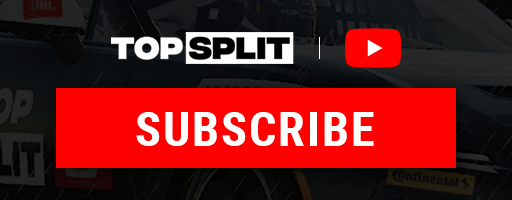Red Bull’s Max Verstappen wants to bring top sim racers into real-world motorsport. What can we expect to see, and what impact could it have?
WATCH: How Max Verstappen Could Revolutionise Sim Racing
In an interview with CNN on the eve of the British Grand Prix, when asked what comes after F1, Max Verstappen stated his desire to quote “bring sim racers to the real world [but in a proper way, not the half-half work]… and see how far they can reach”
Verstappen’s love of sim racing is well known. When he’s not racing in the real-world, he’s often racing online – particularly in endurance races, having entered multiple editions of the virtual Le Mans, the virtual 24 hours of Spa, and more.
With his passion for simulated racing, his alignment with premier esports outfit Team Redline, and the recent launch of Verstappen.com Racing, it’s clear that Max is taking this very seriously – so with ideas brewing and the ball already rolling, what can we expect to see from the Verstappen camp, and what impact could it have on both sim racing and real-world motorsport?
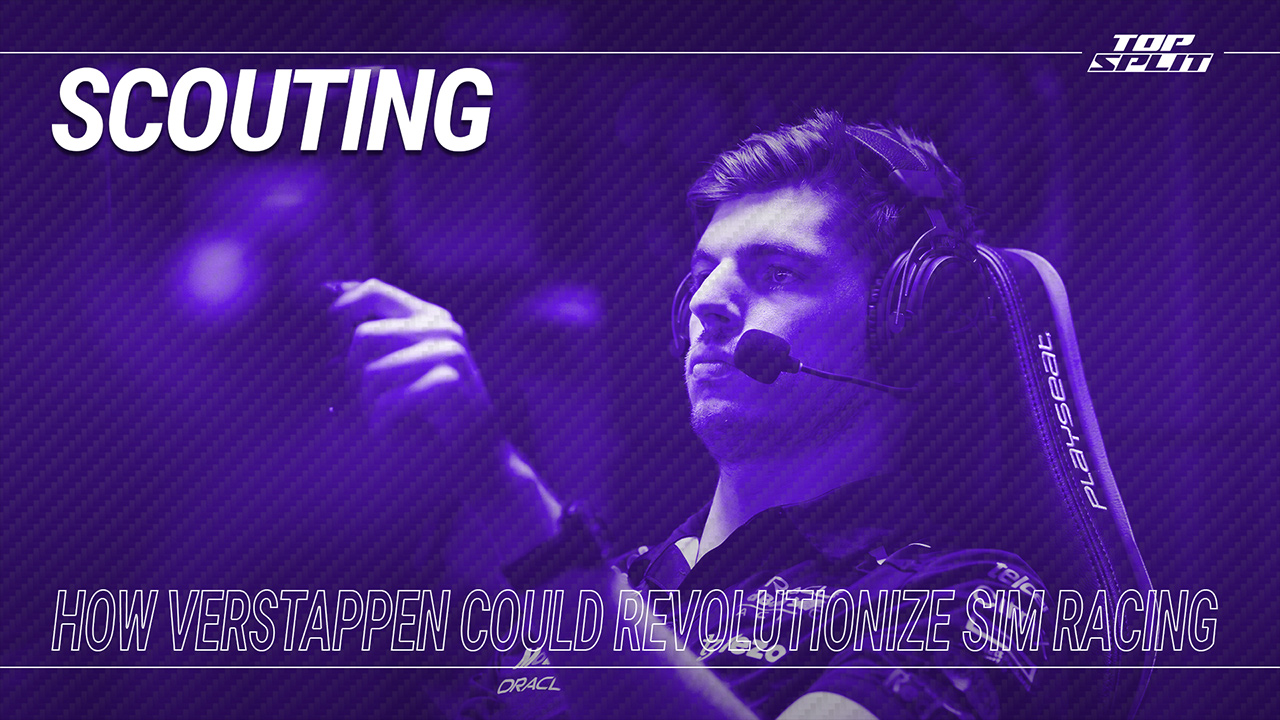
Image: TOP SPLIT
1. Scouting
To help bring the leading sim racers into the real world, you’ve got to find the most promising talent first – and the best way of doing that is through competition.
Between the top games and the top teams, there’s been plenty of tried and tested methods used to find the quickest sim racers from the widest possible pool – with the go-to method today being some combination of time attack events, sprint races and leagues. If Verstappen is looking to find the next big talent, an event of this kind is likely where the search will begin.
Of course, Max could also look to poach existing talent from existing rosters – but with the rise in popularity of sim racing esports, and resulting explosion in real-world manufacturers and gaming organisations fighting to sign up-and-coming talent, that could be easier said than done.
Whichever path Max takes to create his shortlist, he won’t be the only one looking to find the next big star. Top-level sim racing looks very much set to become a drivers market over the next few years, and so with any talent he does find, he’ll need to show a clear path to real-world opportunities.
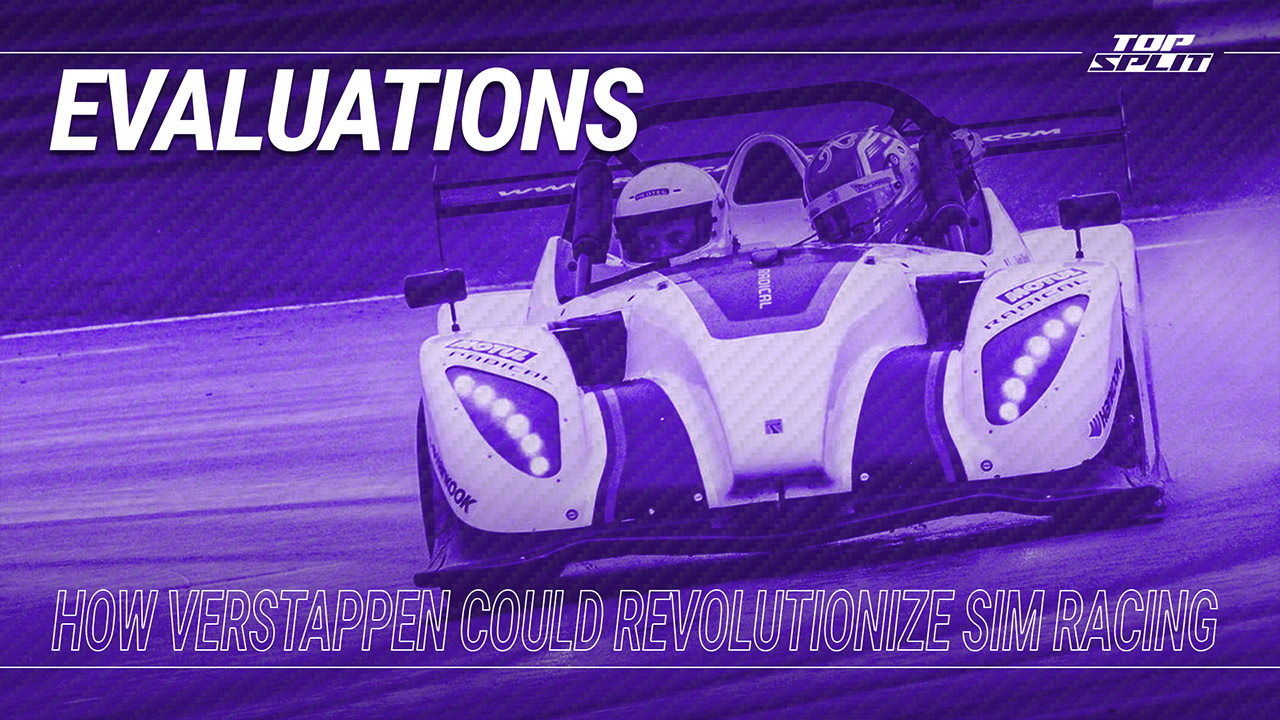
Image: TOP SPLIT
2. Real-World Evaluations
Once Verstappen has found a group of potential stars and worked to hone their virtual skills, it’s time to assess their ability in real-world machinery.
Despite the realism of virtual racing improving year on year, the physical fitness, sensation of G-forces and suppression of fear required to succeed at the highest levels of motorsport present an all-new challenge to sim racers, and it’s one they’ll have to overcome to find success.
We’ve seen a number of sim-to-real programmes over the years with mixed results, examples including World’s Fastest Gamer, GT Academy and Racing Prodigy, and we’re certain Max will have learned from these and will apply his own experience to whittle down his shortlist even further.
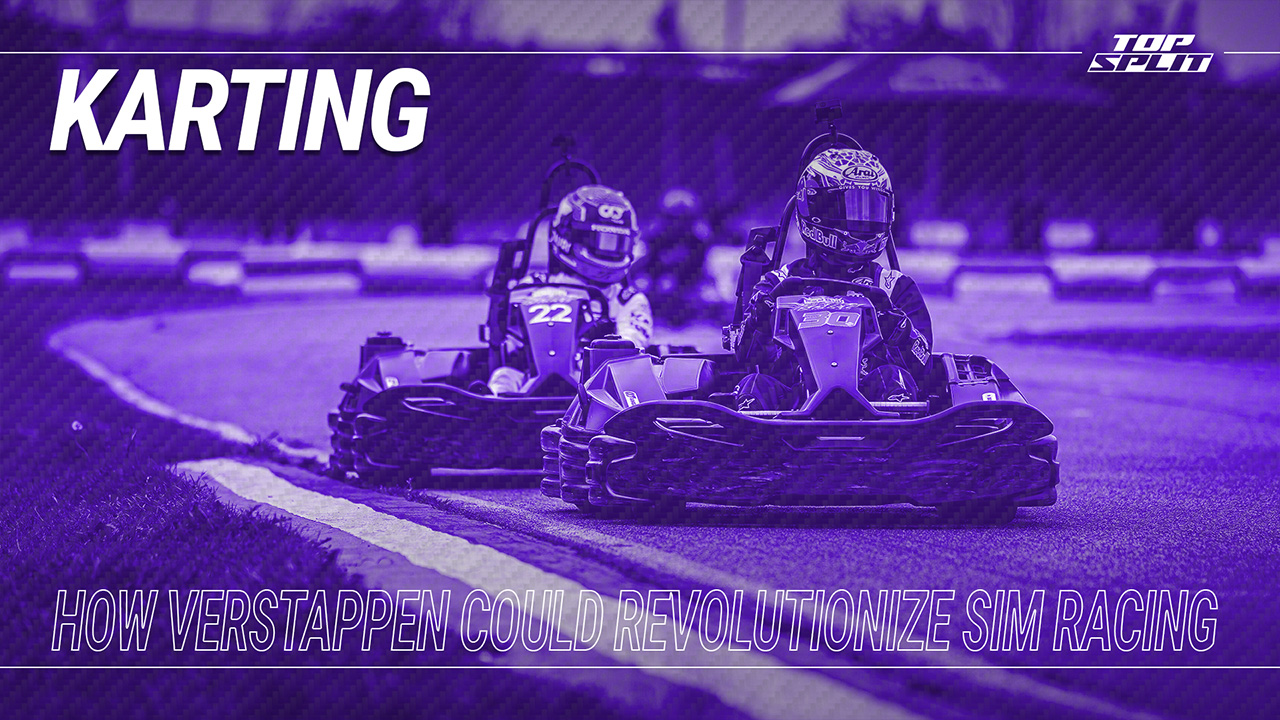
Image: TOP SPLIT
3. Karting
A huge number of today’s top-tier racing drivers all started in one discipline – karting.
Cheap and accessible – comparatively-speaking – karting is where young drivers have developed their fundamental skills for generations before graduating to larger machinery; and whilst drivers who make it to this stage have likely built strong fundamentals over their years of sim racing experience, Verstappen’s preference for a strong front-end has led him to develop a driving style that’s been part of the reason he’s entered a class of his own in recent years – and given this success, it may be a driving style he’d be keen to pass on to others.
This wouldn’t be possible with drivers who have risen through the traditional feeder series, as driving styles typically develop naturally and are very difficult to change – see Daniel Ricciardo at McLaren – but for sim racers entering real-world motorsport for the first time, it presents the perfect opportunity to ingrain a style that can maximise their potential, and by starting in karts, those skills can translate to these drivers as they move up the motorsports ladder.
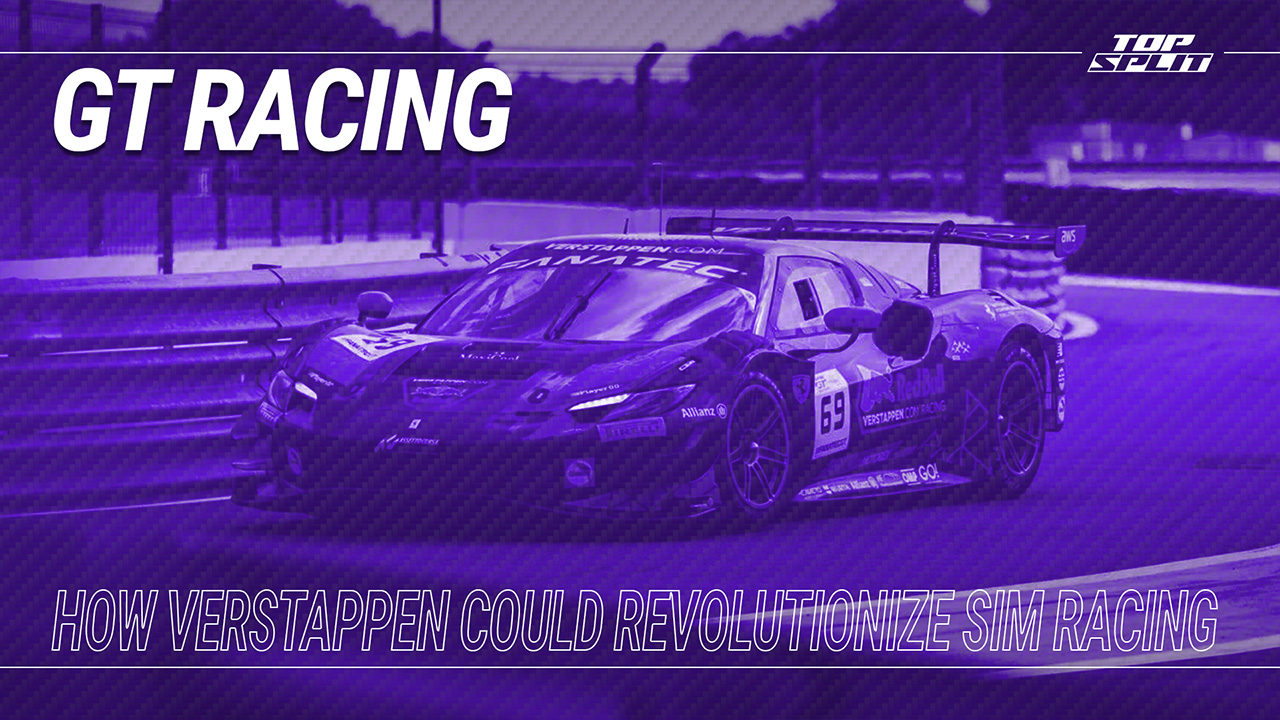
Image: TOP SPLIT
4. GT Racing
In that same interview with CNN, Verstappen stated he wouldn’t want to be an F1 team principal because of the enormous cost, and the need to appease other shareholders and partners – however he did express interest in creating his own race team away from F1.
His new Verstappen.com Racing entity is already supporting real-world GT3 driver Thierry Vermeulen in his 2023 DTM and GT World Challenge Europe campaigns – and should he wish to develop Verstappen.com Racing further, creating his own GT team is a natural next step.
When Max isn’t racing F1 machinery in the real-world, he’s often driving GT machinery in the virtual world, and so he’ll be acutely aware of the transferable skills between the two categories.
Once prospective sim racers have proven themselves in the virtual world, the real world, and then in karting, a step-up to national or international GT4 or GT3 competition, in series such as the aforementioned GT World Challenge, would be a compelling opportunity – and provide a stepping-stone to the pinnacle of the GT ladder, namely the World Endurance Championship.
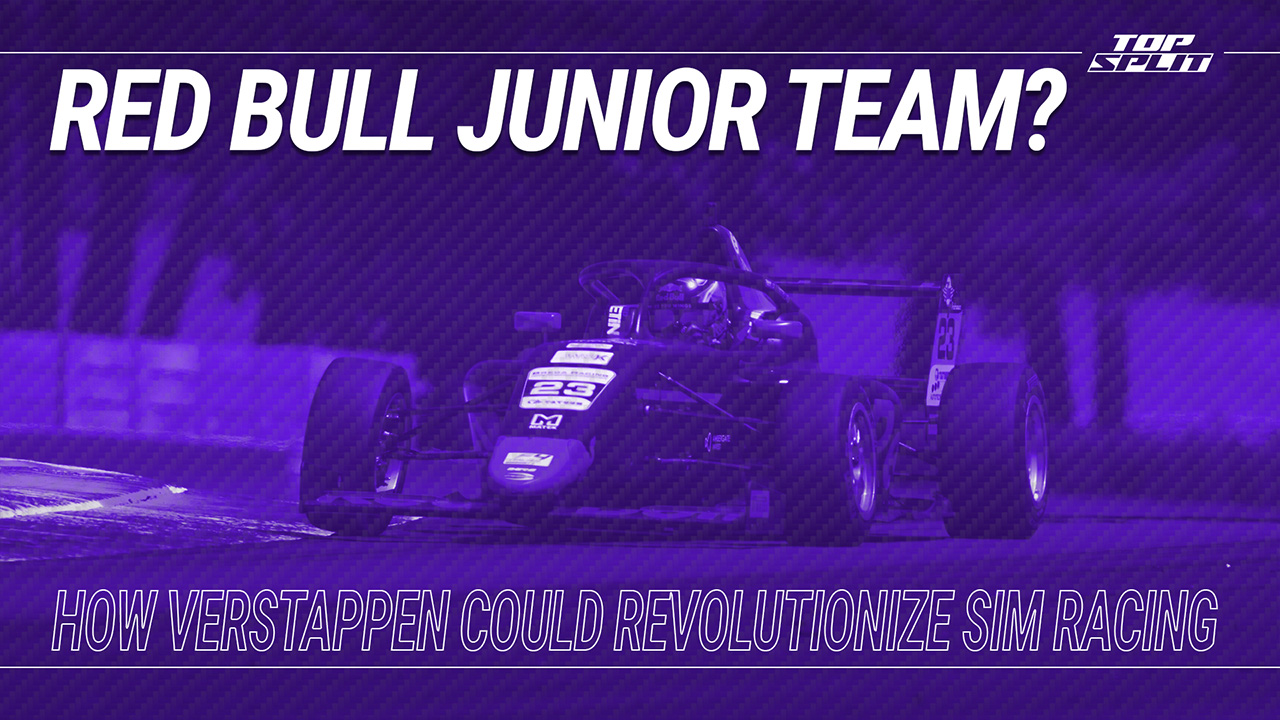
Image: TOP SPLIT
5. Red Bull Junior Team
After winning his first Formula 1 World Championship at Abu Dhabi in 2021, Verstappen said quote “I hope we can do this for 10 to 15 years together”, and quote “I want to stay with them for the rest of my life”.
Since then, Max’s long-term commitment to F1 has been questioned, but his partnership with Red Bull is stronger than ever, with Red Bull sponsorship bridging across into his Verstappen.com Racing and Team Redline activities.
With rumours that Red Bull’s head of driver development Helmut Marko was considering retirement earlier this year – rumours he strongly denied – if Max were to take an early exit from the F1 spotlight once his current contract runs out at the end of 2028, it raises an interesting question; could Max Verstappen become the new head of Red Bull’s junior driver development?
The Red Bull Junior Team currently fields 12 drivers across the open-wheel feeder ladder, and if Red Bull are keen to sign and develop the world’s best driving talent over the years to come, what better man to lead that charge than Max himself?
Linking this role to Max’s ambition to bring sim racers into the real-world has clear benefits for both Max and Red Bull. Not only would it give a clear progression path for Verstappen’s drivers, but in a world where more sim racers are making the jump to real racing, it could give Red Bull a distinct competitive advantage.
Is this in the realm of fantasy? Of course it is – but just fifteen years ago, the idea of a gamer being plucked from their rig at home, put into a real-world racecar and finding success seemed equally insane; yet GT Academy proved it could work.
Conclusion
With Verstappen’s passion, appreciation and belief in sim racing, he may just unlock a whole new path to real-world motorsport for budding racing drivers around the world – and revolutionise both sim racing and real racing in the process.
What do you think? Could Max really change the face of both sim racing and real-world motorsport? What do you think he’ll do after Formula 1? Let us know in the comments below.


